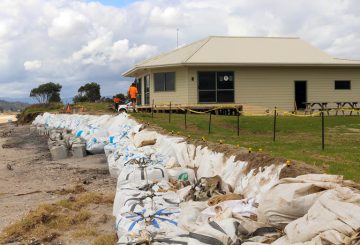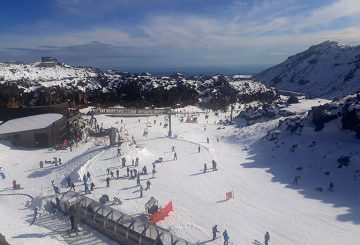Падающие звезды, также известные как метеоры, можно увидеть в любую ночь года. Тем не менее, некоторые ночи лучше, чем другие, для наблюдения за этими небесными событиями. Когда Земля вращается вокруг Солнца, она проходит сквозь потоки пыли и мусора от комет и астероидов. Эти обломки вызывают «метеорные дожди», когда количество падающих звезд, видимых на небе, резко возрастает.
Сейчас мы движемся по окраинам потока мусора, оставленного кометой Галлея. В результате возникает метеорный поток Eta Aquariid, который особенно заметен из южного полушария. Каждый год, когда Земля достигает этой точки своей орбиты, на утреннем небе можно увидеть Eta Aquariids.
Ожидается, что в этом году экспозиция будет исключительной. Пик ливня совпадает с новолунием, а значит, за несколько часов до рассвета небо будет очень темным, что идеально подходит для наблюдения за падением фрагментов знаменитой кометы. Есть также намеки на то, что душ может быть более «активным», чем обычно.
Комета Галлея, официально названная 1P/Halley, вращается вокруг Солнца каждые 76 лет и движется по своему текущему пути уже тысячи лет. Каждый раз, проходя через внутреннюю часть Солнечной системы, комета выделяет пыль и газ. Эта пыль распространяется по космосу, образуя обширное поле мусора вдоль орбиты кометы.
Земля проходит сквозь эти обломки два раза в год, в результате чего возникают два известных метеорных дождя. В октябре мы видим метеорный поток Орионид, который виден из обоих полушарий. Но самый сильный из этих двух дождей — метеорный поток Eta Aquariid — приходится на начало мая.
Eta Aquariids — один из лучших метеорных потоков года, но они не так известны, потому что их лучше всего наблюдать из южного полушария, а наблюдать за ними трудно из мест к северу от экватора.
Жителям южного полушария лучше всего наблюдать за Eta Aquariids за часами перед рассветом, когда излучатель — точка на небе, откуда, кажется, исходят метеоры, — находится высоко в небе. Количество видимых метеоров увеличивается по мере того, как радиант поднимается выше в небе.
Ожидается, что метеорный поток Eta Aquariid в этом году будет особенно особенным. Из-за новолуния небо не только станет темным, что облегчит обнаружение метеоров, но и ученые считают, что в этом году метеоров можно будет увидеть значительно больше, чем обычно. На самом деле, некоторые предполагают, что метеорный поток Eta Aquariid в 2024 году может стать самым сильным за весь 21 век.
Предсказать активность метеорных дождей сложно, и некоторые исследователи считают, что в этом году все пойдет своим чередом. Несмотря на все это, условия идеальные, а пик приходится на утро 6 мая, это отличная возможность спланировать поездку на выходные в сельскую местность, полюбоваться природным фейерверком перед прекрасным осенним восходом солнца.





























































